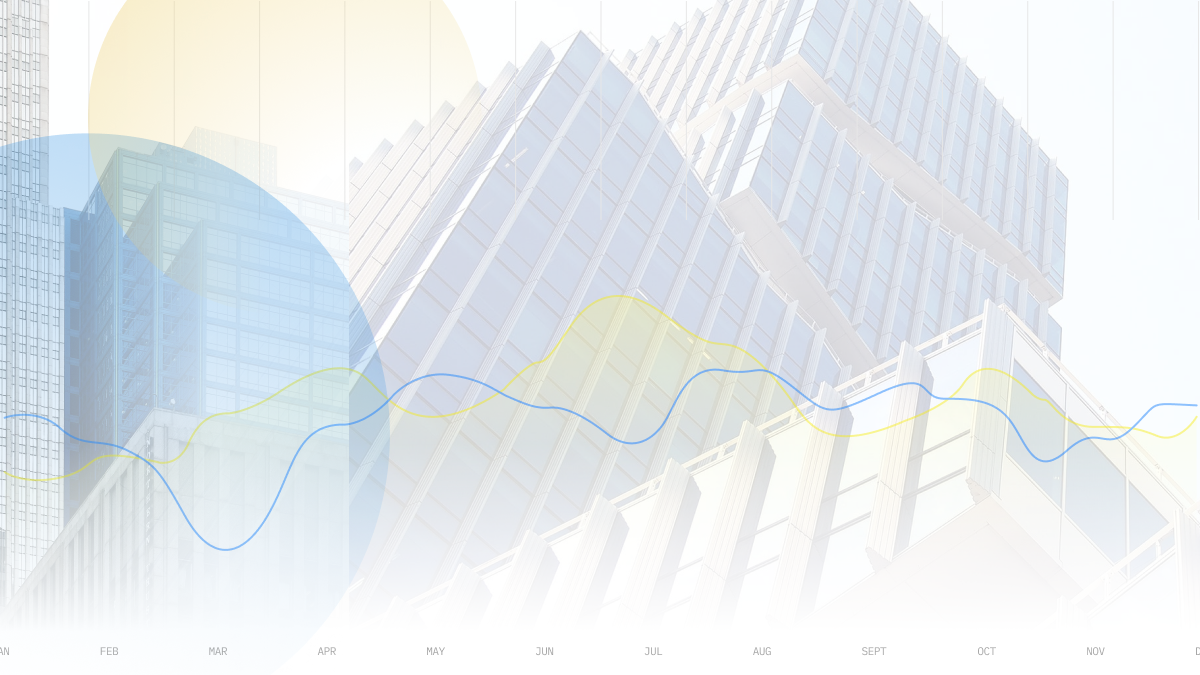




Quarterly Economic Growth Release: More BSP cuts to come
 DOWNLOAD
DOWNLOAD

Monthly Economic Update: Fed catches up
 DOWNLOAD
DOWNLOAD

Inflation Update: Steady and mellow
 DOWNLOAD
DOWNLOAD



India’s rice curbs to lift prices, stoke food inflation worries
SINGAPORE, Sept 9 (Reuters) – India’s decision to curb rice exports is expected to lift world prices of the staple and trigger a rally in rival wheat and corn markets, deepening concerns over food inflation.
Rice prices in key exporters India, Thailand, Vietnam and Myanmar are set to rise, traders and analysts said, hitting food importers already suffering from higher costs due to adverse weather and the Russia-Ukraine war.
India banned exports of broken rice and imposed a 20% duty on exports of various grades of rice on Thursday as the world’s biggest exporter of the grain tries to augment supplies and calm local prices after below-average monsoon rainfall curtailed planting.
“There is going to be substantial stresses on food security across many countries,” said Phin Ziebell, agribusiness economist at National Australia Bank. “Global fundamentals could see further upside across the grains complex.”
Chicago wheat prices rose on Friday, poised for a third straight weekly gain, as India’s move and talk about Russia’s restrictions on Ukrainian grain shipments underpinned the market.
“This is an inflationary move for food prices,” said Ole Houe, director of advisory services at agriculture brokerage IKON Commodities in Sydney. “This could trigger a rally in wheat and corn prices.”
India accounts for more than 40% of global rice shipments and competes with Thailand, Vietnam, Pakistan and Myanmar in the world market.
“Myanmar prices should go up by USD 50 a tonne while suppliers in Thailand and Vietnam will be quoting higher prices,” said one Singapore-based trader.
Five percent broken rice in Myanmar was quoted around USD 390-USD 395 a tonne, free on board, before India’s decision on export restrictions. In India, 5% broken white rice prices were quoted around USD 348 a tonne.
The decision will impact trade flows as India’s white rice prices of the variety are about USD 60-USD 70 per tonne cheaper than Thailand’s, Chookiat Ophaswongse, honorary president of the Thai Rice Exporters Association, told Reuters.
“More orders will flow for Thai and Vietnamese rice,” he said. “We have to wait and see how long this policy from India will go on for, if it is longer, it will increase demand for Thai rice exports…”
TOP BUYERS CHINA, PHILIPPINES TO SUFFER
The world’s top rice importers China and the Philippines are likely to take an immediate hit with higher rice prices.
China, one of the biggest importers of Indian broken rice for use in animal feed, is expected to shift to corn, traders said.
“We expect import volumes will decrease with this ban…the new Chinese corn crop is coming to market soon and there are large volumes of other imported grains,” said Rosa Wang, analyst at Shanghai JC Intelligence Co Ltd.
“In fact there is news already about an alliance of Thailand and Vietnam planning to increase export prices. We are analysing the possible impact of these possible moves,” Mercedita Sombilla, undersecretary for policy, planning and regulations at the Philippines’ Department of Agriculture, told Reuters.
Thailand and Vietnam have agreed to cooperate on raising prices, a move aimed at increasing their leverage in the global market and boosting farmers’ incomes.
(Reporting by Naveen Thukral; additional reporting by Chayut Setboonsarng in Bangkok, Khanh Vu In Hanoi, Dominique Patton in Beijing and Enrico Dela Cruz in Manila; Editing by Kim Coghill)
This article originally appeared on reuters.com





 By Reuters
By Reuters